By Rick VanSickle
International Chardonnay Day might be the best place to drop this little bomb: Is it time for the Niagara wine community to at least start talking about a “grand cru” system for the top vineyards in the region?
I know, I know. Pretentious as hell, but rest assured, it’s at least being whispered in certain circles. And where’s a spark there’s often a fire.
Where do you even start mapping out Niagara grand cru vineyards? And more importantly, who makes the decision on which vineyards deserve elevated status? There are a lot of questions with this notion and that’s why it has to be discussed over years and years, if at all.
Grand cru is French for “great growth,” a regional wine classification that designates a vineyard known for its favourable reputation in producing wine. Burgundy has a classification with 31 grand cru vineyards. Bordeaux has a classification with only five “First Growth” wines established in 1855 including Château Haut-Brion, Pessac, Château Lafite-Rothschild, Pauillac, Château Latour, Pauillac, Château Margaux, Margaux and Château Mouton Rothschild, Pauillac (new to the party in 1973) with four other sub-classifications from second- to fifth-growth.
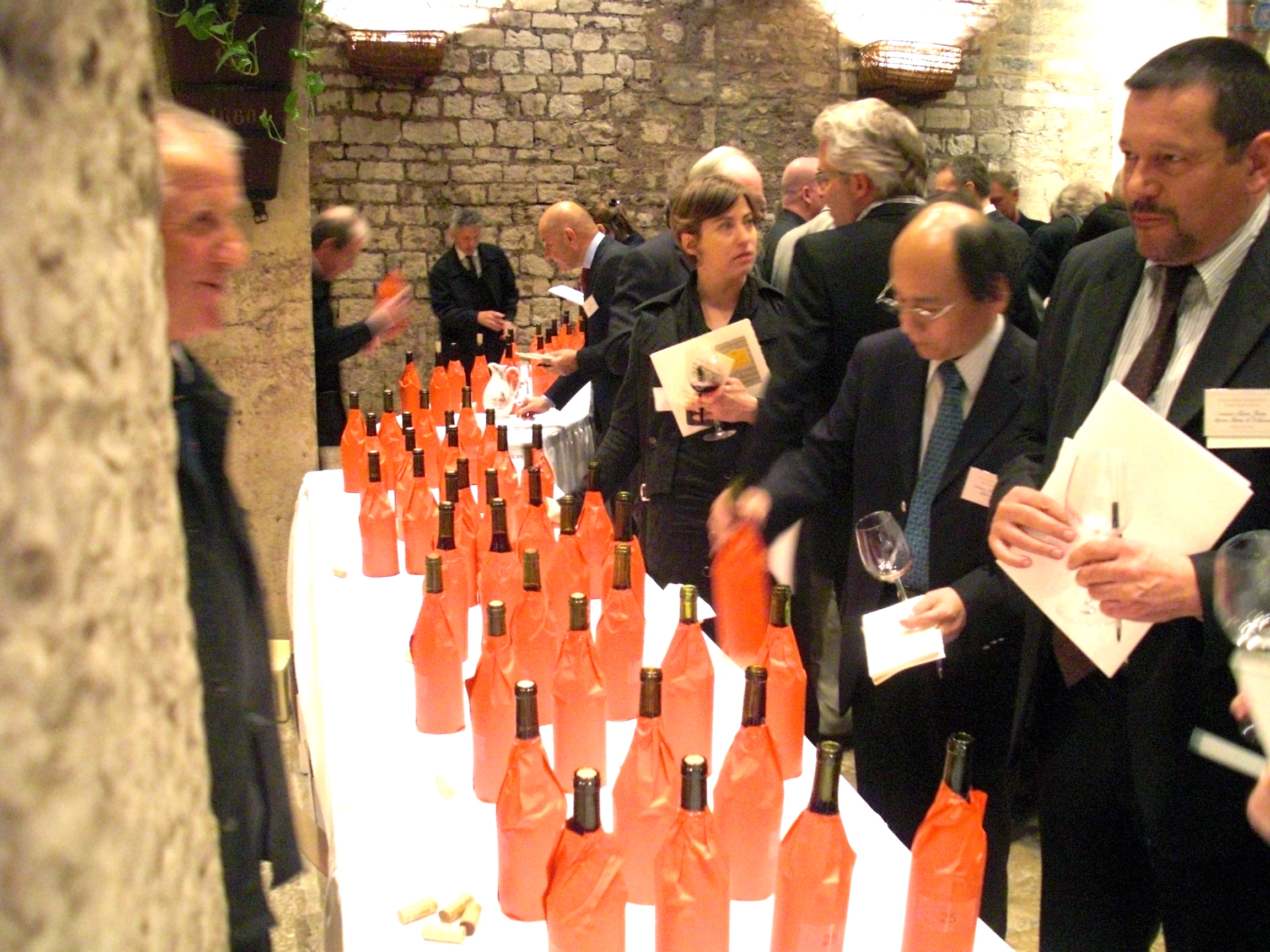
Vineyards in Niagara have no business to even be in the conversation. We are too new with vinifera grape plantings that only date back to the mid-70s, and even then, it wasn’t wide spread as only the bravest of the early pioneers tried to establish a market for quality wines — a tough task after years of cheap plonk flooding the market from this region. Thank you, Donald Ziraldo and Karl Kaiser (Inniskillin), for at least putting on this road where we can even talk about elevating chosen vineyards to elite status.
It’s such a pompous pursuit that we can blame on the incredibly large ego of Louis-Napoléon Bonaparte, who in his quest to showcase all that was great and cultured in his tidy little empire of France, ordered his minions to create an arbitrary classification of the red wines on the Gironde which were unveiled at the Paris Exposition Universelle in 1855.
Brokers of the day in Bordeaux were given the task of breaking down the properties, all from the Medoc but one, Chateau Haut Brion from Graves, into five levels of quality. At the end of the exercise, four Chateaux sat at the top of the hierarchy. They were colloquially called First Growth wines with the other 54 other properties being relegated to Second, Third, Fourth and Fifth Growth status.
With the 1855 Classification came the outrageously high prices we pay today for these First Growth wines (thanks a lot, Napoléon III!), sometimes $1,000 or more per bottle on release and far more by the time they are traded at auctions around the world.
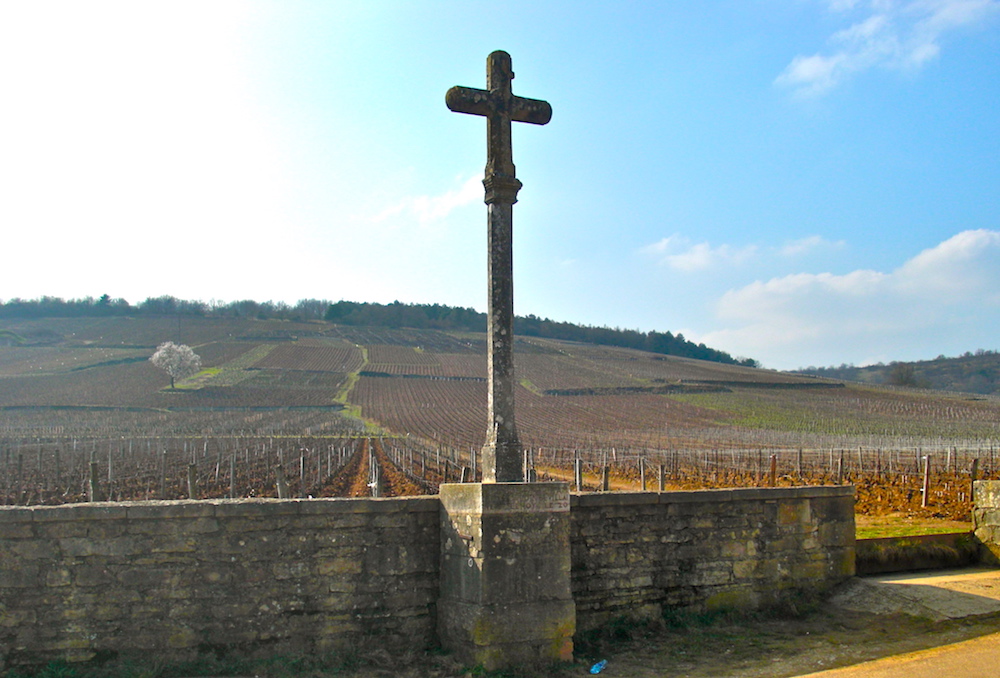
There is history there, with a healthy dose of French swagger, mystique and intrigue, and one thing is abundantly clear, it would be near impossible to duplicate such a bold system of rating estates — or wines — by their pedigree alone anywhere else in the modern wine world.
Not that it hasn’t been tried, mind you.
• British wine writer Hugh Johnson famously declared Penfold’s Grange the ”First Growth of the southern hemisphere.”
• Stag’s Leap Wine Cellars writes in its mission statement that it “has a long and distinguished wine reputation and is considered a Napa Valley first-growth estate.”
• The Robert Mondavi winery in Napa Valley, now owned by Constellation Brands, refers in hushed tones to “Grand Cru” and “First Growth” when referring to the Cabernet Sauvignon from its most famous and historic property, the To-Kalon Vineyard.
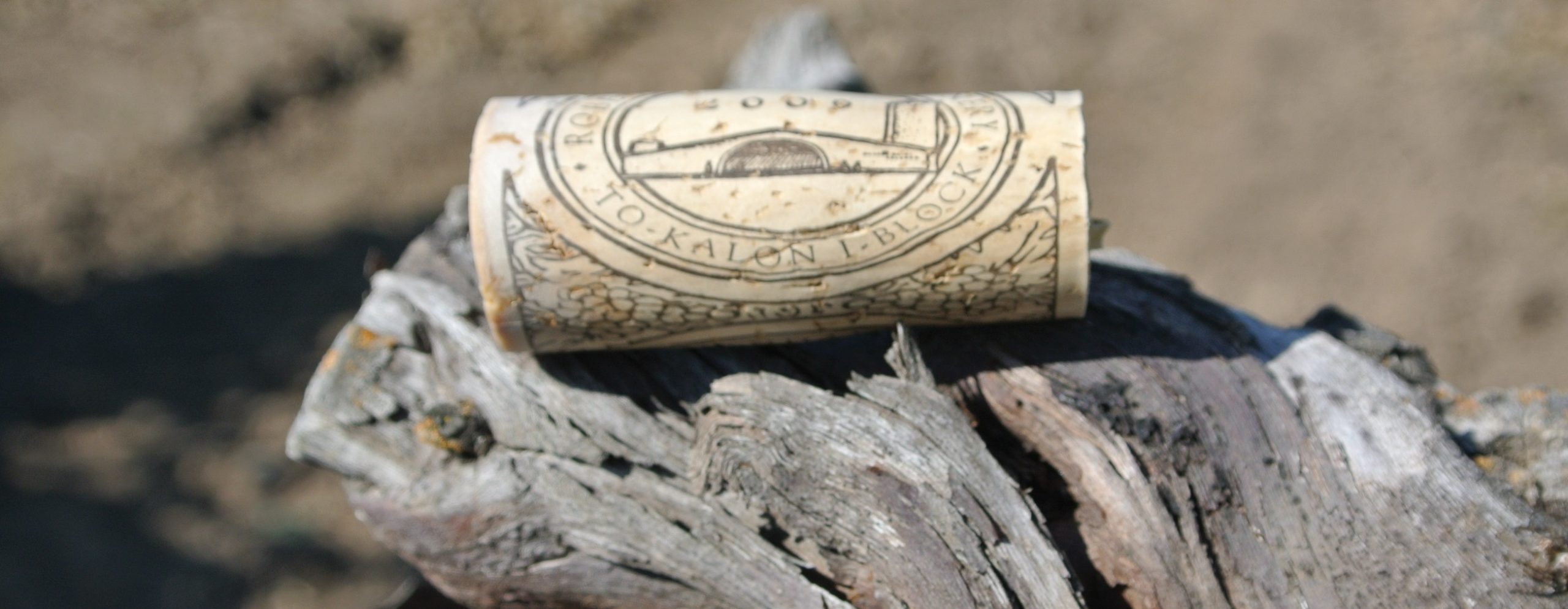
According to Master of Wine Mark de Vere, a spokesman for the winery, terms like Village, Premier Cru and Grand Cru are used “more as a metaphor” to describe the various parts of To-Kalon.
Mondavi, Harlan, Stag’s Leap and Grange have history on their side or a proven track record to produce wines at the top echelons of quality. Many would argue (the Bordelais most vehemently) that using First Growth in any context outside of Bordeaux is just plain blasphemous, but if you have the wine to at least stretch the imagination even a tiny bit, you might be able to deflect some of the criticism, right?
So, you can forgive the raised eyebrows and swift visceral reaction when an upstart wine project from the Okanagan Valley arrived in the world as a self-anointed “First Growth” wine, and positioned the debut release at an incredible $165 a bottle (a three-bottle purchase at $495 per person).
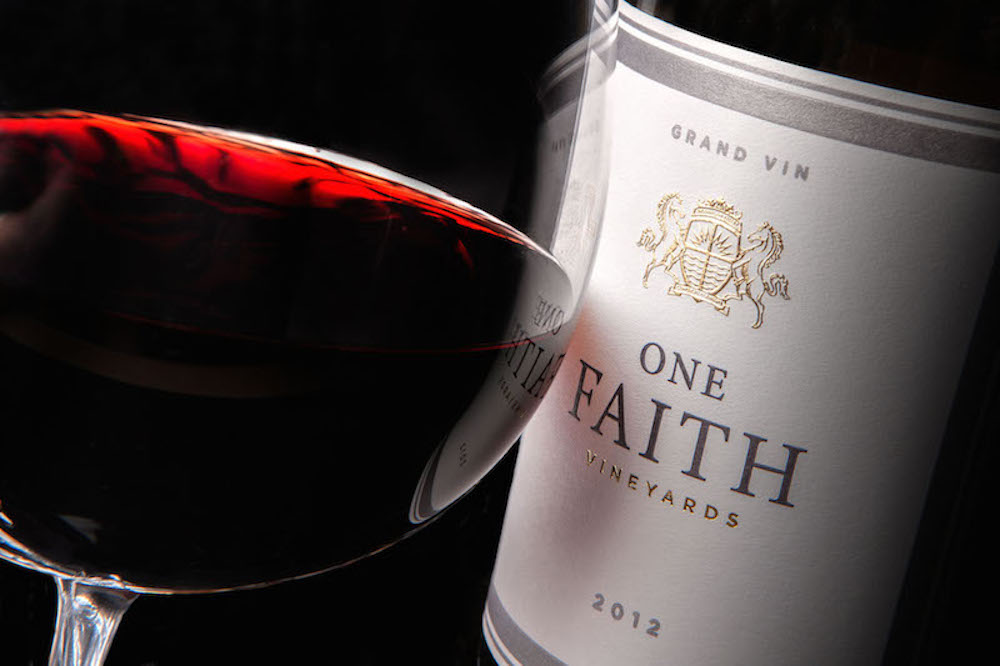
One Faith Vineyard billed itself as “a First Growth from the Okanagan Valley” with its very first vintage.
Respected wine writer Tony Aspler said to me at that time that “the term First Growth in Canada is meaningless. It’s a Bordeaux classification. It’s a marketing device aligned with the price. It’s the market that determines if it is a ‘First Growth’ or not.”
He added: “In the New World, there is no reason to adopt a hierarchical classification.”
One Canadian winery that has used the term “First Growth” on its labels since 2001 is Reif Estate Winery in Niagara-on-the-Lake. And it has been doing so without a whiff of controversy.
President of Reif, Klaus Reif, came up with the words First Growth from his native country of Germany. “Erstes Gewächs,” which means First Growth, or Grand Cru, is the Rheingau’s way of classifying the top wines in that region.
“I was looking for something special to describe my designer wines,” said Reif for a story I was doing on the subject.
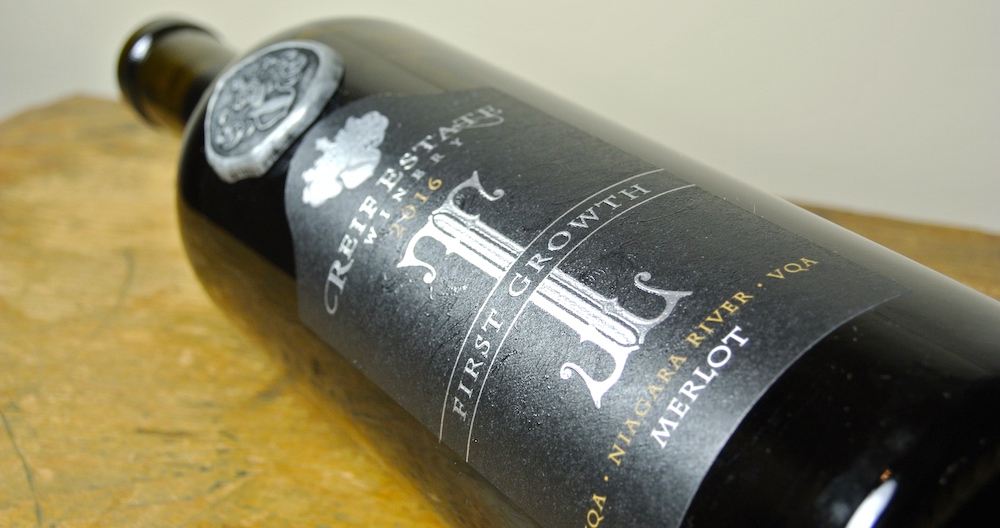
Winemaker Roberto DiDomenico and Reif only bottle their “First Growth” wines under near-perfect conditions in Niagara and only under strict conditions. The current vintage of these wines is 2016 recently reviewed on this website here.
Let’s just say that not all vineyards in Niagara are created equal. In terms of this little appellation, there are wines that consistently perform at the highest levels and they generally come from the best plots of land in the hands of established winemakers, with many of those vineyards exclusively owned and used by the winery.
So why the hell not separate the wheat from the chaff, allow some changes to labeling laws and elevate vineyard status over producer?
In a post this week, Wines In Niagara published a list of 18 top Chardonnays. You get a sense from that list of the vineyards that consistently produce Chardonnays at the upper echelons of quality: Wismer-Wingfield, Wismer Foxcroft, Locust Lane, Rosomel, Le Clos Jordanne, Mottiar, Ravine, Southbrook and Robyn’s Block. Some of these are estate owned and only one producer uses the fruit (Hidden Bench, Les Clos, Malivoire, Ravine and Tawse), but why should that matter? After all, if you use the Bordeaux model, each wine in every classification is singular from the estate vineyard.
I’m not even sure we should start this controversial exercise with Chardonnay. You could argue that Riesling is a better variety to begin this exercise with. Think St. Urban Vineyard, Triangle Vineyard, Short Hills Vineyard, Cave Spring Vineyard, Ghost Creek Vineyard, Picone Vineyard, Nadja’s Vineyard, Felseck Vineyard and a few others I haven’t thought of. These vineyards, in many ways, tell you more about the Riesling in the bottle than who produces them — think Vineland Estate, 30 Bench, Trius Showcase, Charles Baker, Flat Rock and Hidden Bench.
Pinot Noir vineyards would be next on my terroir hit list, but that is for another day. And other vineyards speak volumes for what they grow, terroir over producer: Lowrey Vineyard, Pillitteri, Konzelmann, Marynissen, Lenko, Paul Bosc Vineyard and Braeburn Vineyard, again, to name a few.
Can a cru system
ever work in Niagara?
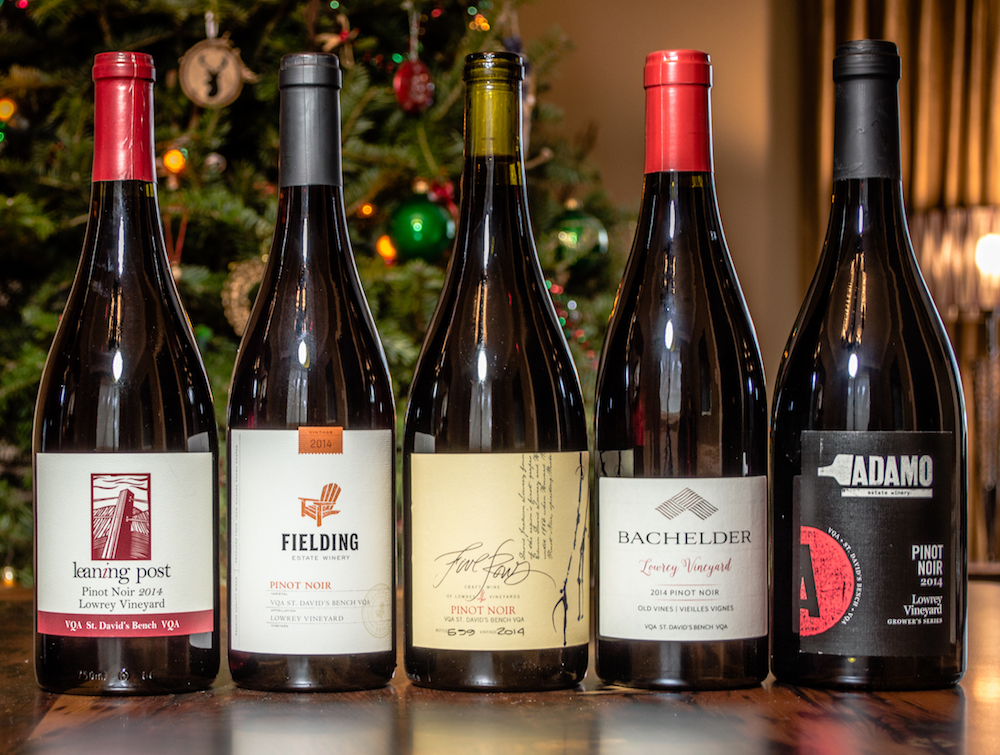
A couple of examples come to mind. Let’s take the Lowrey Vineyard, that historic property owned by the Lowrey family on the St. David’s Bench with the fruit used to make Pinot Noir by five producers: Five Rows Craft Wine (the family’s own wine), Bachelder, Adamo, Leaning Post and Fielding. There is a beautiful sameness to these wines from the profound terroir of the vineyard. I can easily see the name of the vineyard in bright lights with the producer playing a lesser role. The same holds true with Wismer-Foxcroft. So many wineries are using various plots and even blocks within blocks for their top Chardonnays. Again, there is a sameness, with slightly different styles, within all these Chardonnays if tasted side by side. The vineyard is the star here (no offence to the winemakers intended, it’s not like the wine makes itself).
Will a cru system
ever work in Niagara?
Not any time soon, and perhaps never. Niagara is New World with a lot of personalities going in a lot of different directions. It would be hard to imagine a unifying force approaching VQA with an idea this grand. Only a very few wineries have a vested interested in a cru system and even fewer who would put place over producer on a label. Understandable. This isn’t the Old World in 1855 and we don’t have a dictator in charge.
But it’s fun thinking about it. Happy Chardonnay Day!








Comment here